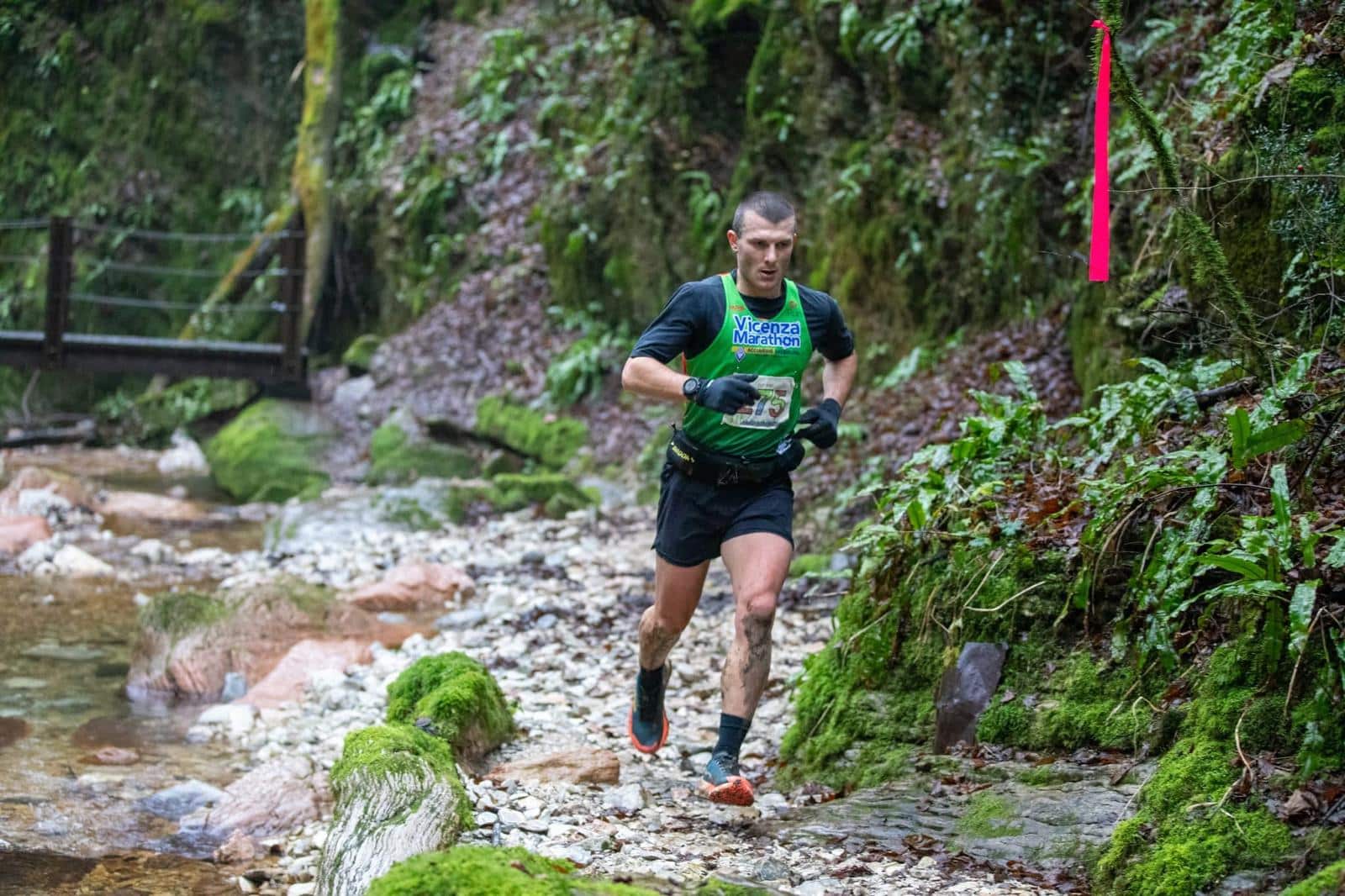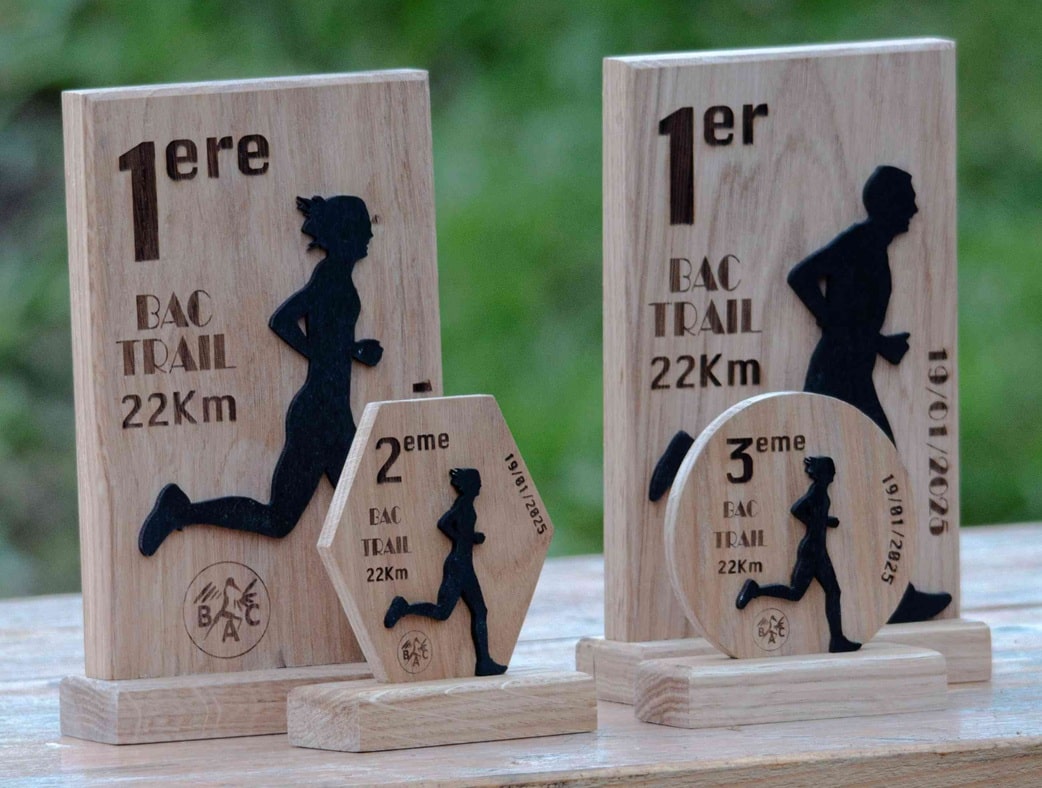4.6
(12)







5
Olalalalalalalalalala… INCROYABLE !
Technical Difficulty
Landscape
Organisation
Refreshments
5
Très difficile
Technical Difficulty
Landscape
Organisation
Refreshments
4
C’est diag quoi 😁
Technical Difficulty
Landscape
Organisation
Refreshments
4
Authentique, sauvage et une ambiance inégalée
Technical Difficulty
Landscape
Organisation
Refreshments
5
Extra
Technical Difficulty
Landscape
Organisation
Refreshments
5
Ambiance de folie, supporter sur le parcours, arrivée mythique au stade de la redoute. Traversée de Mafate magnifique. Bénévoles au petits soins
Technical Difficulty
Landscape
Organisation
Refreshments
La Diagonale des Fous, also known as “The Madmen’s Diagonal,” is one of the world’s most demanding ultra-trail races. Held annually on Réunion Island in the Indian Ocean, it’s known for its brutal course, crossing the island diagonally from south to north and navigating volcanic peaks, deep valleys, and dense forests. This event is a true test of endurance and mental strength, attracting elite ultra-runners and adventurous athletes from around the globe.
Founded in 1989, the Grand Raid has grown into a multi-race event that includes several categories, with La Diagonale des Fous as its crown jewel. Completing the Diagonale is considered a badge of honor in the trail running world. Over the years, it has gained a reputation for pushing even the toughest runners to their limits, earning its name as one of the most “insane” races on the global ultra-trail circuit.
The Grand Raid not only challenges physical endurance but fosters a strong sense of camaraderie among participants. Runners share both the pain and beauty of this daunting course, connecting through the experience. Réunion Island’s local community also plays a central role in the event, with residents supporting runners along the way, adding to the event’s unforgettable atmosphere.
The Grand Raid is more than just a single race; it’s a collection of ultra-trail events with options for runners of varying experience levels. Each race within the Grand Raid series presents unique challenges, allowing participants to choose a course that aligns with their endurance and trail-running background.
Selecting a race within the Grand Raid series depends on your experience level, fitness, and readiness for mountain terrain. Trailrunadvisor suggests that those new to ultra-trails start with the Mascareignes for an introduction to Réunion’s landscapes. Runners with more experience can choose the Trail de Bourbon or tackle La Diagonale des Fous for the ultimate test of endurance.
La Diagonale des Fous is celebrated and feared for its unforgiving course. Réunion Island’s volcanic landscape offers steep climbs, technical descents, and varied terrain that can challenge even the most seasoned runners. Each race category in the Grand Raid presents its own elevation profile, with courses that traverse the island’s unique tropical and volcanic environments.
The trails on Réunion Island are known for their technical demands. Training on similar elevation profiles and practicing on rocky trails can help build the agility and strength needed. Being prepared for sudden weather shifts is essential, as the island’s tropical climate can bring intense heat, humidity, and rain, all in one race.
Preparing for La Diagonale des Fous demands careful planning and intense training to face its unique and challenging terrain. Here are some essential strategies to help ensure a successful experience:
Training on steep, mountainous trails is crucial. Focus on hill repeats and long runs to build leg strength and endurance, while practicing technical descents to improve control and agility. Spending time at high elevations can also help your body adjust, improving your ability to tackle Réunion’s volcanic climbs.
Réunion Island’s tropical climate means you’ll face both heat and sudden rain. Opt for moisture-wicking base layers and pack a lightweight, waterproof jacket. Choose trail shoes with strong grip and stability for navigating volcanic rock, roots, and loose soil. Trekking poles can provide crucial support on long climbs and uneven terrain, especially in the Diagonale.
With aid stations spaced across the course, planning your nutrition and hydration is essential. Carry energy gels, bars, or dried fruits for continuous fuel, and consider electrolyte tablets to stay balanced in the island’s humid conditions. A hydration pack with a 1-2 liter capacity is recommended for longer stretches between aid stations, especially in hot weather.
Break the race into smaller, manageable sections and set mini-goals for each segment. This approach helps maintain mental resilience over the long hours on the course. Consistent pacing and hydration will keep your energy up and help you handle the final, most demanding sections of the race.
Given its popularity and the challenging nature of La Diagonale des Fous, securing a spot requires early registration and meeting specific requirements. Here’s what you need to know to participate in this prestigious event.
Registration typically opens several months before race day, often in early spring. Due to high demand, La Diagonale des Fous operates a lottery system to fairly allocate spots. Interested participants should be ready to register early, especially for the ultra-distance races.
Each race category has its own entry fee, which generally includes timing services, race pack items, access to aid stations, and finisher medals. Ultra-distance entrants may also receive additional race gear. Check the official Grand Raid website for updated information on fees and race pack contents.
La Diagonale des Fous is a recognized qualifying race for events like the UTMB (Ultra-Trail du Mont-Blanc). Specific categories within the Grand Raid award UTMB points, so runners looking to earn qualifying points can check details on the official site.
For those hoping to participate, begin the registration process as soon as it opens, and keep all required documents ready. International runners should also confirm passport validity and any travel requirements well in advance.
Réunion Island, with its lush landscapes and mountainous terrain, offers a unique setting for La Diagonale des Fous. Proper planning for accommodation and logistics is key to ensuring a smooth experience.
Réunion offers a variety of accommodations, from guesthouses and lodges to hotels and vacation rentals. Staying near Saint-Pierre, where the race begins, or Saint-Denis, closer to the finish line, can make logistics easier on race day. Early booking is essential, as the event draws thousands of participants and supporters.
Réunion Island’s main airport, Roland Garros Airport, is located near Saint-Denis. Direct flights connect Réunion with several international destinations. Renting a car is a popular option for getting around the island, but shuttle services and public transport can also get you to race checkpoints and popular areas.
The Grand Raid provides secure bag storage for runners, allowing you to leave personal items in a designated area during the race. Several sports shops in Saint-Denis and Saint-Pierre also offer last-minute essentials like trekking poles, hydration packs, or energy snacks.
If traveling with supporters, set a designated meeting point post-race to avoid crowd congestion. Additionally, check the weather forecast in the days leading up to the race to adjust gear accordingly. A well-planned logistical setup will let you focus on the race itself.
Completing La Diagonale des Fous requires both physical endurance and mental resilience. These tips from Trailrunadvisor can help you make the most of this challenging experience:
The race includes steep climbs, technical descents, and long stretches of rugged terrain. Start at a conservative pace, especially during the early sections, to conserve energy for the course’s most difficult parts. Adjusting your pace based on the elevation profile can prevent burnout.
Réunion Island’s natural beauty is one of the rewards of the Grand Raid. Taking a moment to appreciate the lush forests, volcanic landscapes, and coastal views can lift your spirits and provide mental breaks during difficult sections.
A consistent nutrition plan is key in long-distance races. Small, regular intakes of carbohydrates—like energy gels, dried fruit, or bars—help sustain energy levels. Staying hydrated is essential in Réunion’s tropical climate, and electrolyte tablets can prevent cramps in the island’s humid conditions.
Trail poles can be invaluable on the steep inclines and technical terrain, especially in La Diagonale des Fous. Poles provide extra stability and reduce strain on your legs during long climbs. Practicing with poles during training will ensure you’re comfortable using them on race day.
Réunion’s weather can change quickly, with intense sun, rain, and humidity often in a single day. Dress in moisture-wicking layers and carry a lightweight, waterproof jacket to adapt to changing conditions. Having the right gear will ensure you’re prepared for sudden weather shifts.
Breaking down the race into manageable sections, using aid stations or landmarks as mini-goals, can help maintain focus. This approach allows you to conserve energy for the final, most challenging stages while staying motivated throughout the course.
La Diagonale des Fous is known for leaving a lasting impact on those who complete it. Participants often describe it as one of the most physically and mentally demanding races in their trail-running careers, with the island’s beautiful yet rugged terrain creating a race experience like no other.
Average finish times vary significantly due to the Diagonale’s intensity. For elite runners, finish times range between 24 and 30 hours, while many other participants take between 40 and 60 hours to reach the finish line. The challenging elevation and weather conditions often extend race times, making it an ultra-trail race known as much for endurance as for speed.
Participants frequently highlight the stunning, diverse landscapes as a source of motivation. From volcanic peaks to dense forests and coastal views, the scenery provides both beauty and challenge. Many runners also speak of the camaraderie they find on the trail, as participants and locals alike encourage and support each other. Completing La Diagonale des Fous is seen as a major achievement, and runners often describe a strong sense of accomplishment and pride.
Finishing La Diagonale des Fous is more than completing a race; it’s a personal journey and a mental triumph. With thoughtful preparation, careful pacing, and a respect for the island’s unpredictable terrain, runners can turn the Grand Raid into a highlight of their trail-running adventures and a memory that lasts a lifetime.

January
Lugo di Vicenza, Vicenza, Italy
0
(0)
22 km
Up to
1100 m
Up to

December
Otley, UK
0
(0)
53 km
Up to
1000 m
Up to

January
Saint-Ciers-sur-Gironde, Gironde, France
0
(0)
22 km
Up to
600 m
Up to
THE BEST ROUTES ARE WAITING FOR YOU.